Pankisi Valley, Jun 09 (V7N) — Once upon a time, stories about this region circulated like folklore—most of them fearful, shadowed by tales of terror. The Pankisi Valley in Georgia was widely perceived as a dangerous, lawless zone. But that narrative has changed. Today, Pankisi has become a beacon of peace, hospitality, and natural splendor, attracting curious travelers from around the world.
Tourists now stay in the serene villages of the Kist community, where the mesmerizing mountain paths and rich cultural traditions welcome visitors. Local cuisine delights the senses, while travelers partake in Sufi rituals that offer a rare glimpse into the valley’s spiritual heart.
Every Friday, the village of Duisi hosts a special ‘dhikr’ ceremony—an extraordinary event led exclusively by women. Singing in Arabic and Chechen, they gradually enter a trance with rhythmic claps and movements, connecting spiritually with the Creator. This is the only women-led dhikr ceremony in the entire Caucasus region.
Just two decades ago, such a scene seemed impossible. In the early 2000s, Pankisi became home to Chechen refugees fleeing Russian aggression. Sensational rumors even claimed that Osama bin Laden might be hiding there. Under international pressure, the Georgian government conducted anti-terror operations in the valley, yet did little to address the poverty and marginalization of the local Kist community.
The region’s image further deteriorated when some youth, radicalized by extremist propaganda, left for Syria between 2010 and 2016—among them, notorious ISIS commander Abu Omar al-Shishani. Media headlines once again painted Pankisi as a terrorist haven.
But behind the sensationalism was a different truth. A 2020 report by the Danish Immigration Ministry described Pankisi as a peaceful area with very low crime rates. Local residents humorously noted that the police spent more time drinking tea than chasing criminals.
Leading the valley’s transformation has been Nazi Kurashvili. In 2013, she opened Nazi’s Guesthouse, the first of its kind in Pankisi, and worked tirelessly to put the region on Georgia’s tourism map. By 2018, she helped establish the Pankisi Valley Tourism and Development Association.
Today, there are nine guesthouses in the valley, primarily in Duisi and Zokolo, offering warm hospitality, rich home-cooked meals, and immersive cultural experiences. Visitors can enjoy horseback riding, mountain hikes, Sufi dhikr ceremonies, and cooking classes that blend Chechen and Georgian culinary traditions. Popular dishes include zhizhig galnash, a hearty lamb and dough stew, and a unique variety of khinkali stuffed with leaves.
Communal dinners at the guesthouses feature home-brewed rosehip beer and lively storytelling sessions, as travelers share tales of adventure amid Pankisi’s rugged beauty.
The best time to visit is between May and October, although adventurous travelers are welcome year-round.
Today, Pankisi is more than a destination—it is a powerful story of resilience, where a once-maligned community has reclaimed its narrative. By embracing their rich traditions and extending heartfelt hospitality, the people of Pankisi have proven that peace can rise from the ashes of prejudice.
END/MSS/AJ



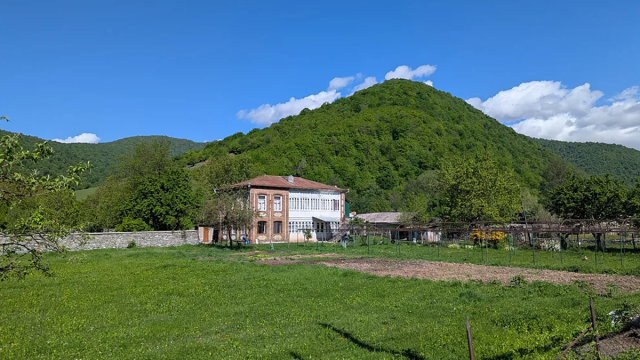



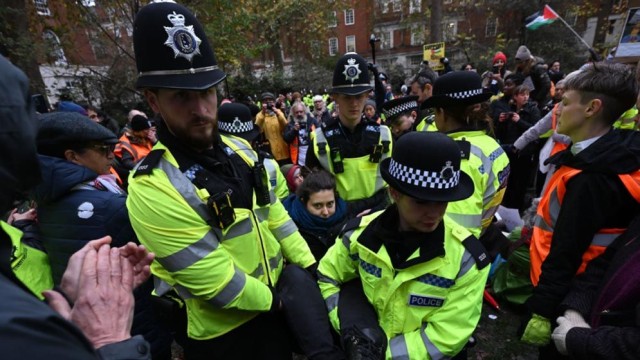

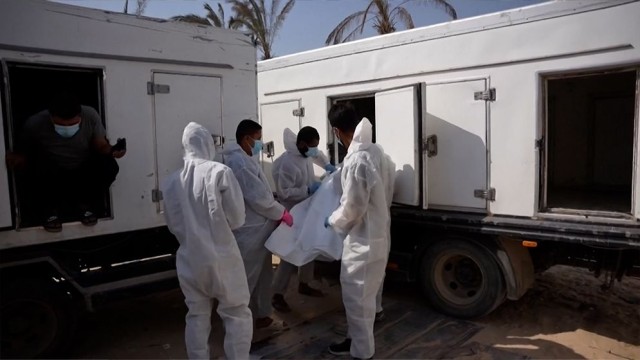
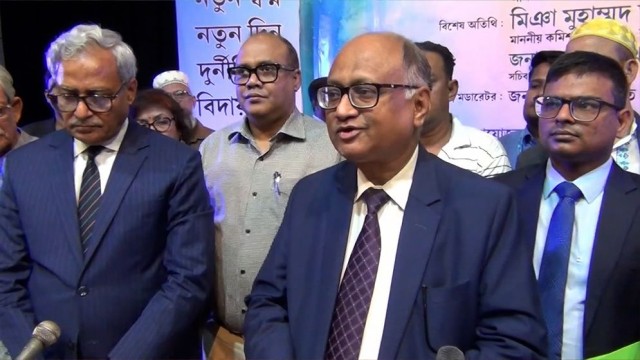

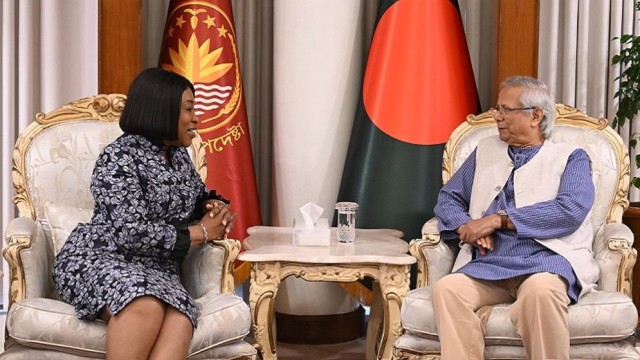
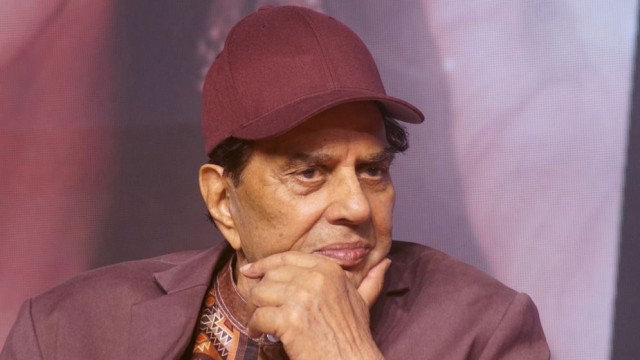

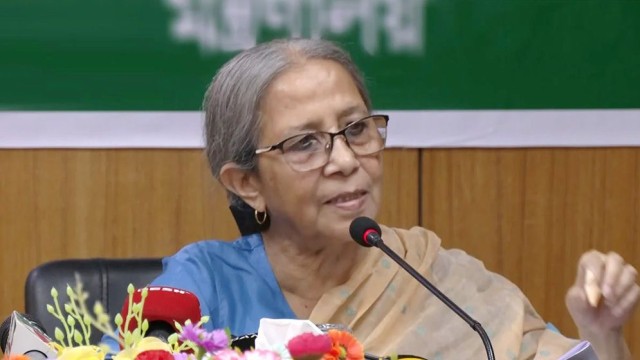
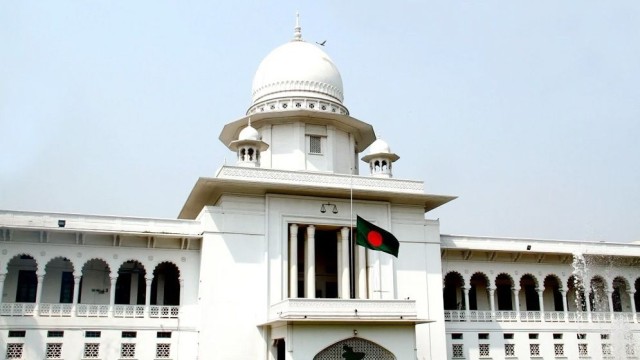

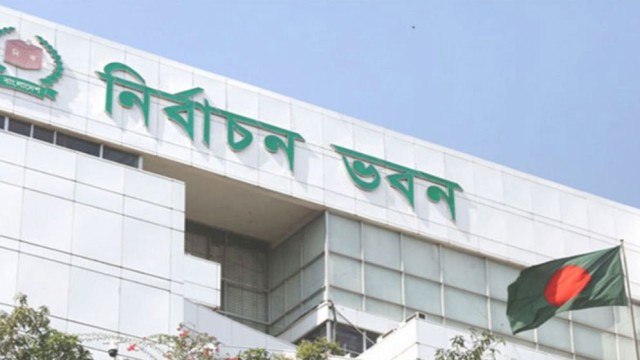
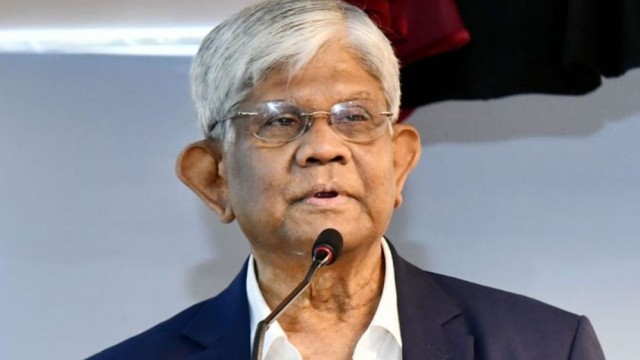

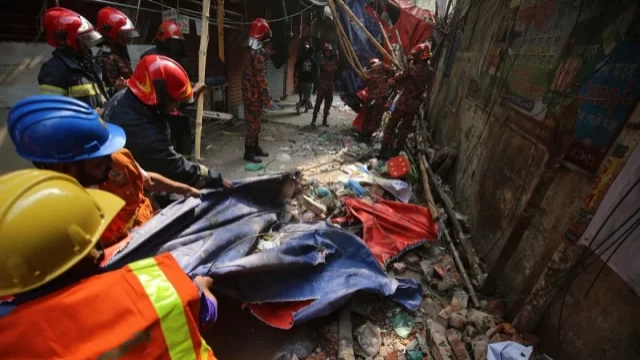
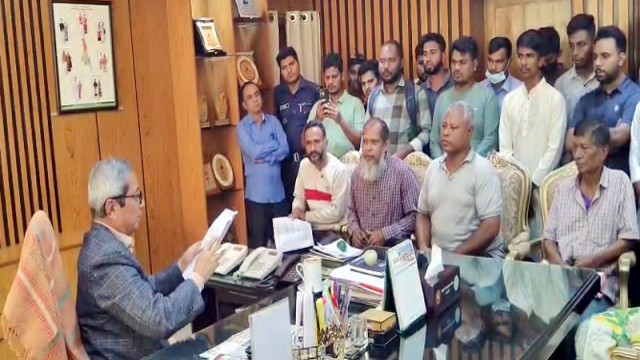
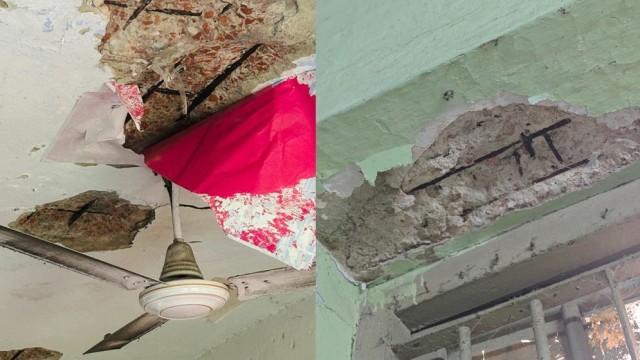

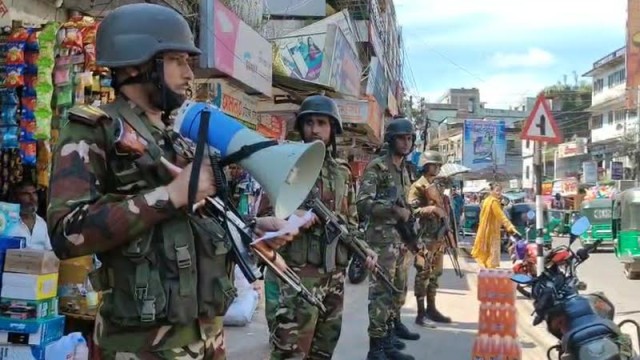




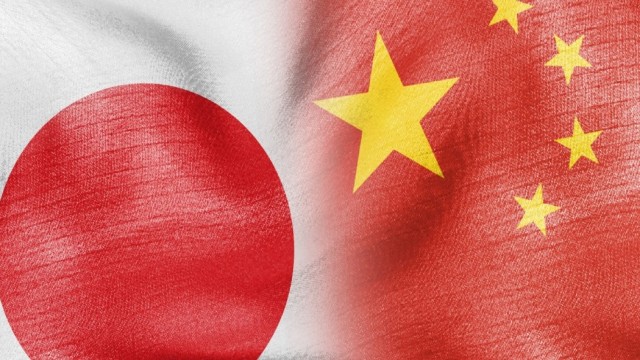
Comment: